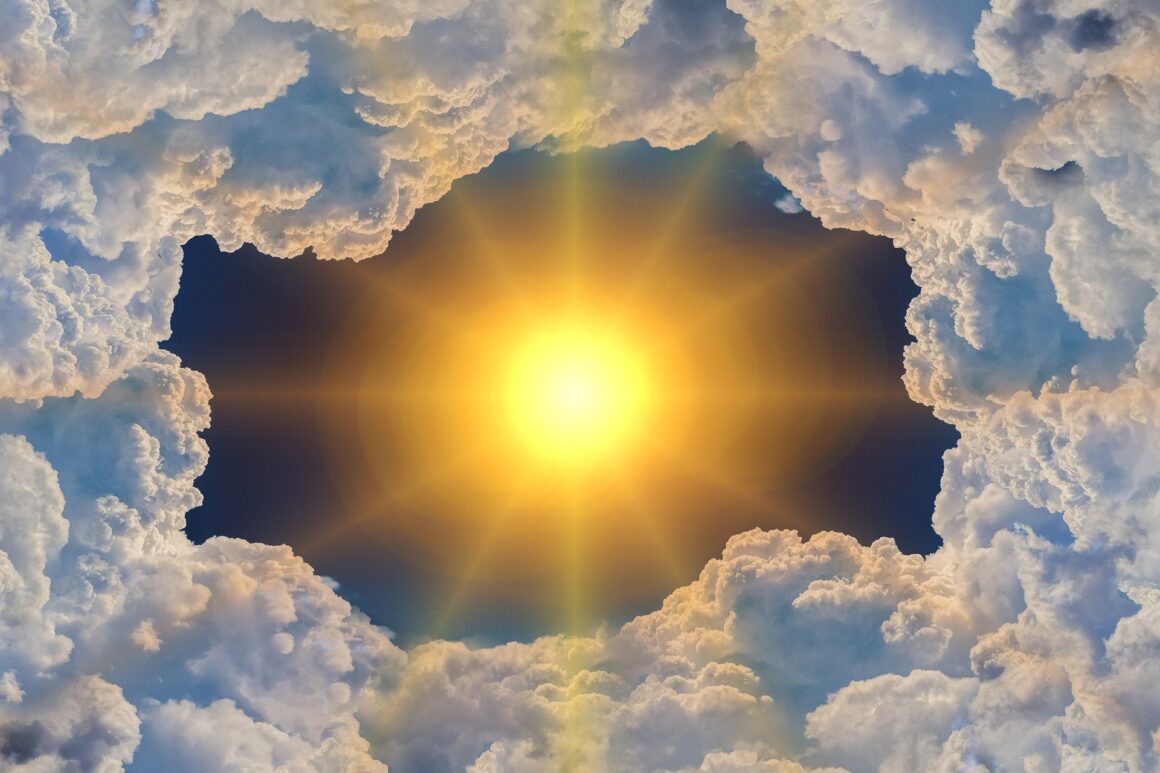As if we wanted any further depressing information this week: A Canadian chemical scientist named Qing-Bin Lu made the discovery that there is a new hole in the ozone layer. This one, in contrast to the other two, which are located over the North Pole and the South Pole, is over the tropical areas and may be viewed during the whole year. According to Lu, it is seven times bigger than the more well-known hole that is located above Antarctica, despite the fact that the two holes are comparable in depth.
In the same way as the other hole, the one in the ozone layer’s core has lost around 80 percent of the ozone layer’s typical value. There is not really a hole in the ozone layer; rather, the word “hole” refers to a weakening of the ozone layer that exceeds a particular threshold. The finding comes as a bit of a surprise to those involved.
What is the ozone layer?
The ozone layer is a barrier of chemicals that encircles the Earth and collects the majority of the ultraviolet radiation that is emitted by the Sun. It is found in the stratosphere of the Earth. If the ozone layer weren’t there, radiation like that would wreak havoc on the DNA of flora and fauna and lead to an outbreak of skin cancer.
At the beginning of the 1980s, researchers started noticing that the ozone layer was becoming thinner above the South Pole during the springtime. Since that time, there has been conflicting information on the ozone layer. For instance, according to a study published by the United Nations in 2018, the hole in the ozone layer is on pace to completely cure itself by the year 2060. However, scientists working for the Copernicus Atmosphere Monitoring Service of the European Union reported that the hole that was located over Antarctica was far bigger than it normally is.
It now seems that there is a second, even more extensive region of ozone layer depletion over the tropics. The tropics encompass over half of the surface area of the Earth and are home to approximately half of the population of the world. The presence of a hole in the ozone layer is associated with an increased chance of developing skin cancer as well as cataracts in people, and also a reduction in agricultural output, a weakened human immune system, and detrimental effects on sensitive aquatic creatures and ecosystems.
